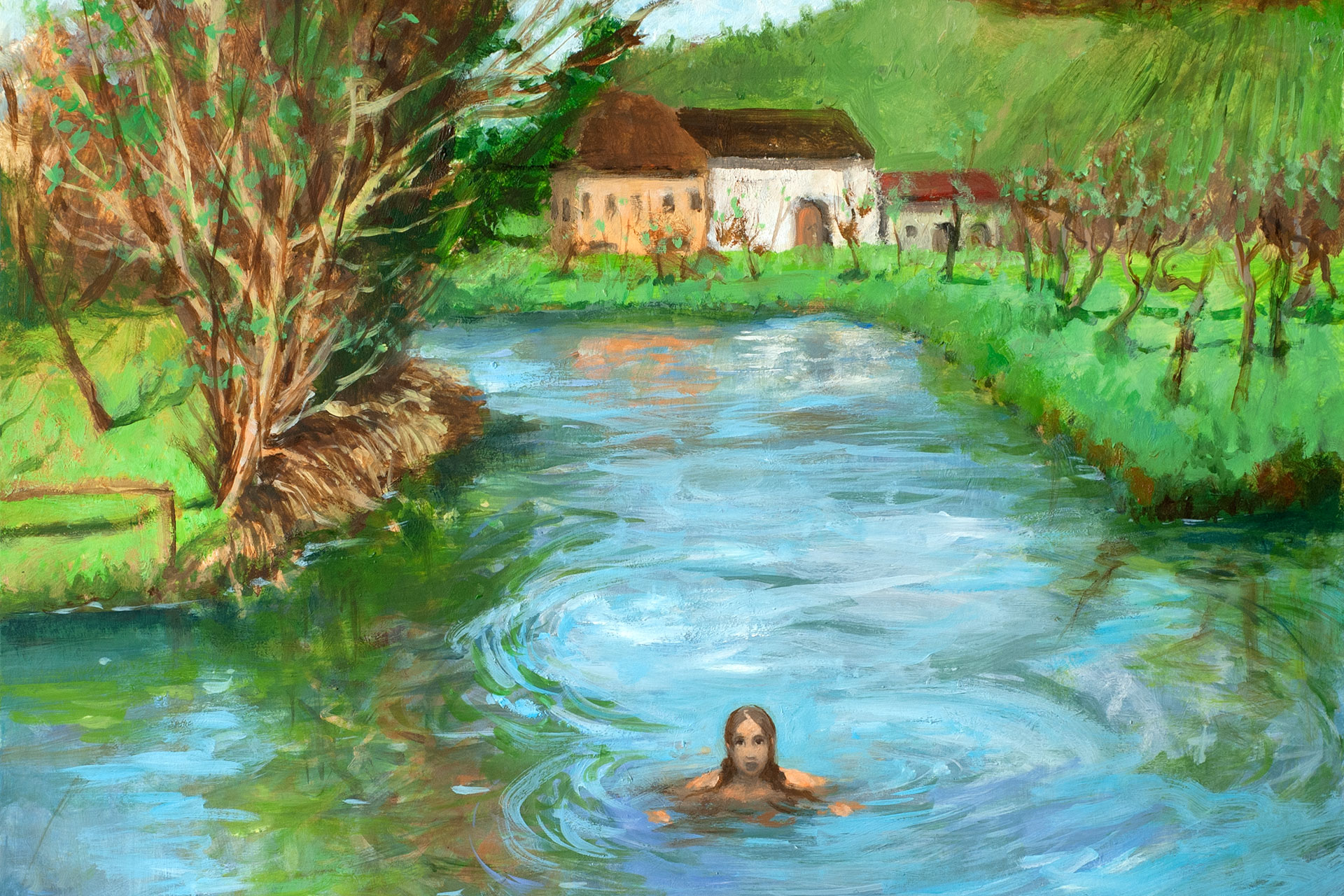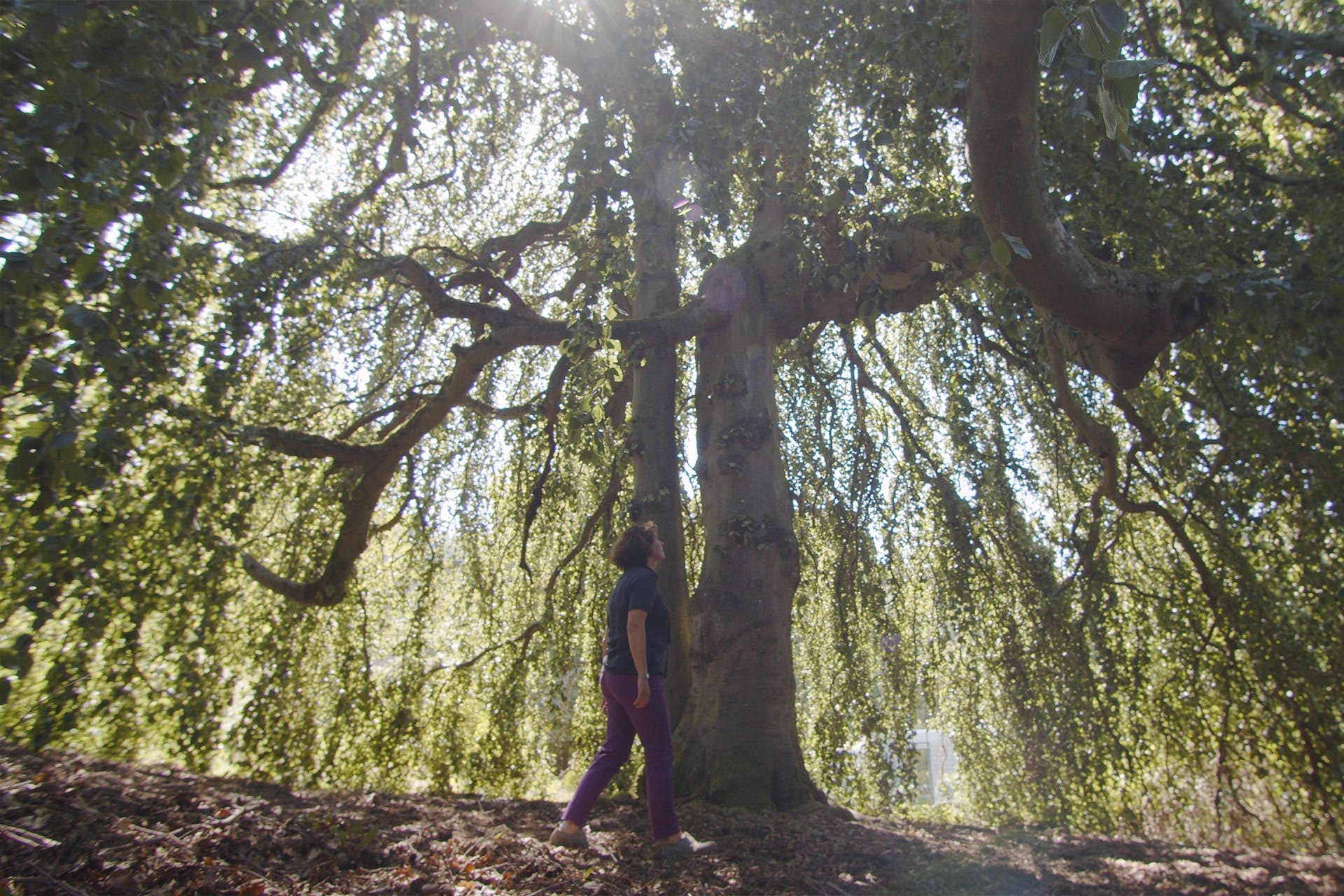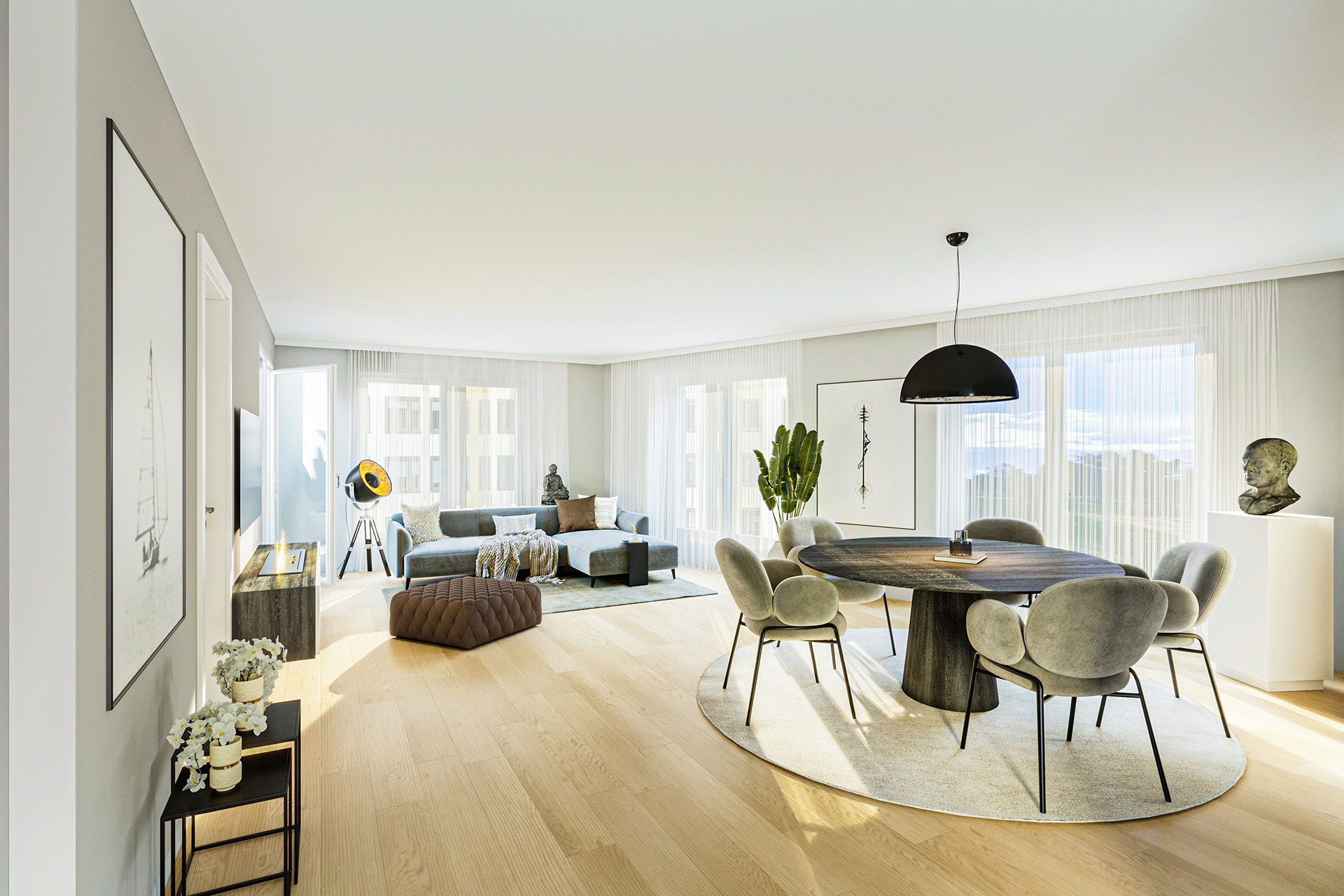“Je höher, desto ferner”
work by Thaddäus und Johannes Hüppi
We cordially invite you to our art space in Tannenhof.
“Je näher, desto ferner”
Works by Thaddäus and Johannes Hüppi
April 28 to July 14, 2024,
open every Sunday, 10 am to 12 noon.
Closed on Pfingstsonntag.
You will find our art space at Hans-Bredow-Straße 20,
Baden-Baden. Parking is available on site.
Please follow the signs to “SHOWROOM”.
“Je näher, desto ferner”
About Thaddäus and Johannes Hüppi
Thaddäus and Johannes Hüppi – if they didn’t have the same surname, you’d never put them together with just their works of art in mind.
On the one hand, a fabulous world full of colourful thunderstorms, full of mysterious creatures with the most imaginative titles. On the other hand, sometimes hyper-realistic images of nature, populated by the woman – more rarely the man – as an archetype, often simply named after the location of the motif.
In this juxtaposition, how would one come to the conclusion that they both come from the same family of artists and were exposed to the same influences until their youth? Their grandparents were already active as artists. The father, Alfonso Hüppi, and his wife Brigitta Weber, are well-known artists. And if it is true that we always stand on the shoulders of our ancestors, then Johannes Hüppi looks from there towards inwardness and gender relations and Thaddäus towards fantasy, the world of fables, originally inspired by grotesques, comics and the masks of the Alemannic carnival, today influenced by everything that can be found between the covers of books, newspapers and websites.
And yet there are similarities beneath the surface. For example, the “artistic perception of reality”, as Johannes Hüppi once called it. “Here we are, we can’t help it” – this attitude, this unconditional artistic existence unites them both, with all the ups and downs that it entails. An inescapable fate, apparently, even if Thaddäus initially tried to escape it by doing an apprenticeship as a carpenter before art finally caught up with him.
What they also have in common is a refusal to be unambiguous. What does it mean when a couple with a child sits by a quarry pond? Is it a modern art-historical transformation of breakfast in the countryside? A New Objectivity family portrait?
With Thaddäus, it is often the picture titles that set the carousel of thoughts in motion. “The tidy head swims in chaos”. Does he know exactly where he is swimming to when there is chaos everywhere? Is he the only one with a clear view in a world that has gone off the rails? Is someone taking the mickey out of themselves?
Both allow for many answers.
What they also have in common, as far as I have got to know them so far, is the fight against melancholy and world-weariness, coupled with a sometimes subtle, sometimes mischievous humour. Working on the family, combined with a certain stubborn rebelliousness.
This rebelliousness led both of them in different directions.
Johannes Hüppi studied at the Kunstakademie Düsseldorf, when the focus there was primarily on conceptual art. Classical painting was frowned upon, and Hüppi set about creating classical paintings of inwardness with a now-first-right attitude. His landscapes reflect states of mind and longings. In the picture of the woman, her own face merges with that of her mother. Freud would have enjoyed it. Alongside Balthus, he was inspired by Courbet, who caused a scandal in 1866 with “The Origin of the World”. Since 1996, it has been on display at the Musée d’Orsay, to which it was bequeathed from the estate of the psychoanalyst Lacan. It is currently hanging in the Lacan exhibition at the Centre Pompidou in Metz and still has a strong impact due to the drastic way in which a woman is reduced to her torso. Incidentally, Lacan saw truth here, understood according to Heidegger as the unconcealment of being.
Of course, there has always been nudity in art, just think of the millennia-old wall paintings in Pompeii. However, it was usually dressed up in mythological terms. Courbet is now concerned with female anatomy as such. The figure has no face to individualise it.
Johannes Hüppi’s work is also not about portraits, but about the woman herself and the art-historical allusion. Sometimes she is sitting in nature, the reference to breakfast in the countryside is almost obvious.
Thaddäus also stands not only on the shoulders of his parents, but of art history. He studied sculpture at the Städelschule under Ulrich Rückriem and revolted against the ascetic heaviness, the minimalist austerity, with an exuberant, colourful world of forms and a playfulness that cannot be constrained. He is a great storyteller who reacts to the world around him, for example with the painting “10 Trumpf statt ein Trump”, which is now part of the Würth Collection..
Art space newsletter
Would you like to be informed about our future events at the art space Baden-Baden?
At Tannenhof
The park-like landscape surrounding this location has gracefully evolved over the past decades, with the careful preservation of individual defining trees like the weeping beech, magnolia, or swamp oak. This preservation mirrors the tranquil and relaxed character of the environment.


